Hubbard in line with Labels and Markets

Hubbard offers a huge range of alternative products targeted for different growth levels, which provide a large range of breed crosses.
You will find here some of the specific markets and labels where Hubbard's alternative products are successfully expressed:
Label Rouge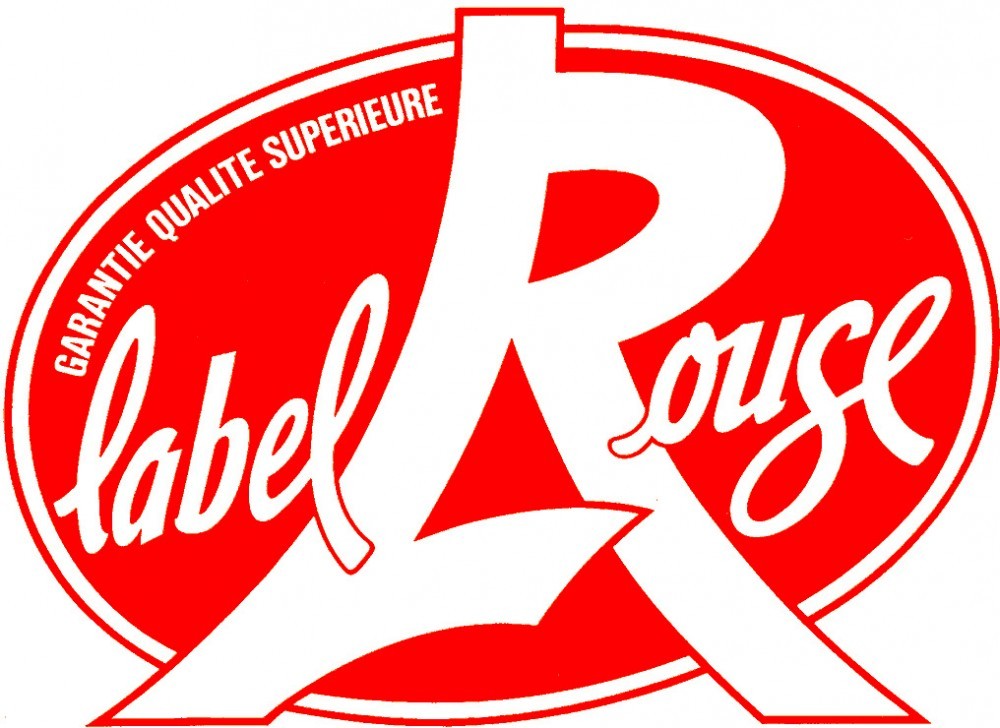
- French application only (get more information visiting the Label Rouge site: Poultry Label Rouge)
- Label Rouge certification was launched in 1961 by the French Government
- Creation of the Synalaf in 1967, French Association for the Poultry Labels (Syndicat National des Labels Avicoles de France)
- Continuous progress of the Label Rouge certifications:
- 90.2 millions of chickens in 2013
- 94.4 millions of chickens in 2017
| Designation | Label Rouge |
| Breed | slow growing female
*slow growing male
|
| Stocking density | < or = 11 birds /m² / < 1 sq fr per bird |
| Prod max | 25 kg/m2 / 593 lbs/ft² |
| Max farm size | 1600 m² / 17 222 ft² |
| Max barn size | 400 m² / 4305 ft² |
| Max pen size | 4400 birds per flock |
| Min age | 81 days minimum |
| Light | Natural light |
| Outdoor | 2 m² minimum or 21.5 ft² / bird from 6 weeks |
| Feed |
100% vegetables, minerals, vitamins, > or = 75% cereals |
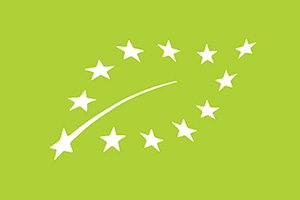 Organic
Organic
- European regulation: n° 834/2007 and n° 889/2008.
- Production in France: 7 000 T/year
- USA: To sell chicken labeled "organic," growers must comply with the USDA National Organic Program (NOP).
| Designation | Organic |
| Breed | slow growing female |
| Stocking density | < 10 birds / sqm / < 1 sq ft per bird |
| Prod max | 25 kg / m2 or 593 lbs / ft2 |
| Max farm size | 1600 m2 / 17222 ft2 |
| Max barn size | 480 m2 / 5166 ft2 |
| Max pen size | 4 800 |
| Min age | 56 days or more |
| Light | Natural light |
| Outdoor | 4 m2 or 43 ft2 / bird from 66% of the life |
| Feed |
Vegetal and mineral |
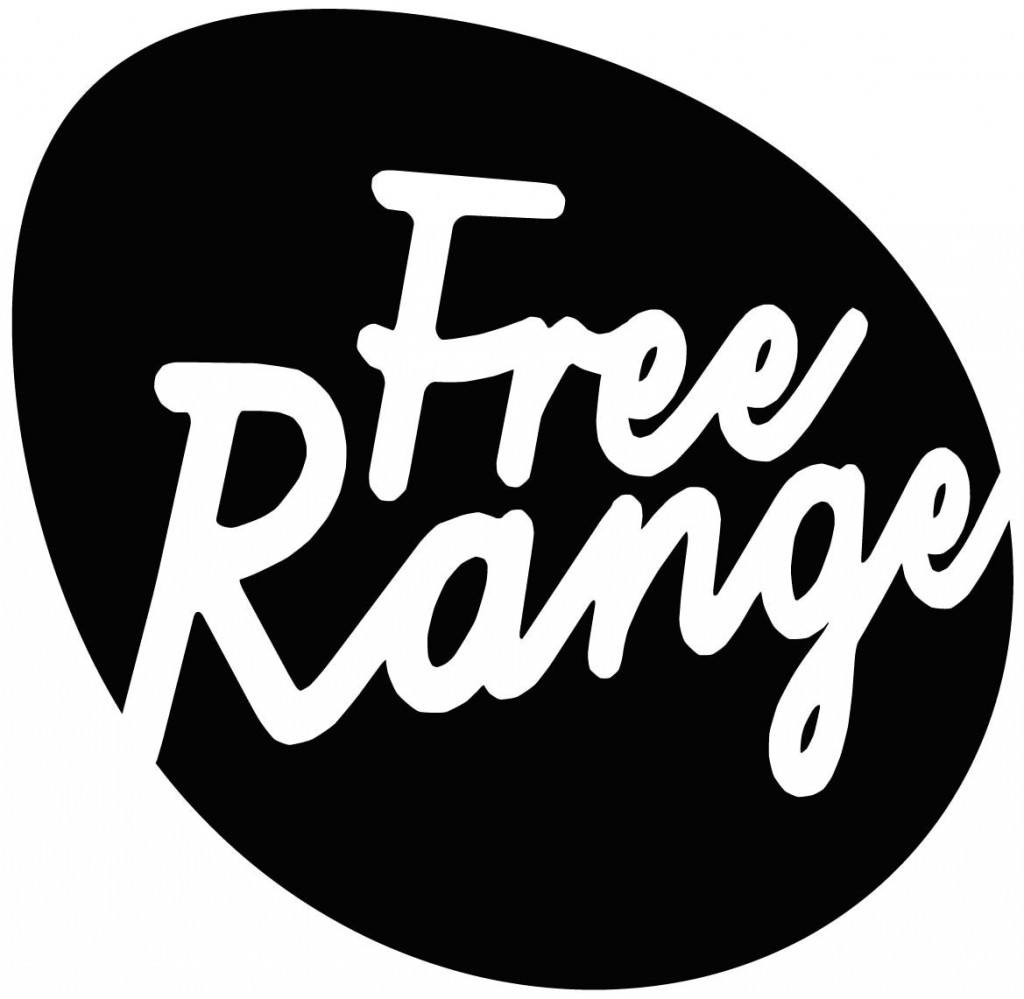 Free Range and Traditional Free Range
Free Range and Traditional Free Range
- Free Range is a European Certification
- Traditional Free Range is similar to Label Rouge
| Designation | Free Range | Traditional Free Range |
| Breed | No recommendation | Slow growing female * slow growing male |
| Stocking density | < 13 birds /m2 / < 0.80 sq ft per bird | < 12 birds /m2 / < 0.90 sq ft per bird |
| Prod max | 27.5 kg / 61 lbs / ft2 |
25 kg / 55 lbs / ft2 |
| Max farm size | No limit | No limit |
| Max barn size | No limit | No limit |
| Max pen size | No limit | 4800 birds |
| Min Age | 56 days | 81 days |
| Light | Natural light | Natural light |
| Outdoor | 1m2 or 11 ft2 / bird | 2m2 or 22ft2 / bird |
| Feed | 70% cereals | 70% cereals |
Fermier / Backyard type
- This "Fermier" type of production is a world designation
- There is no standards as such
- This type of farming is of local tradition and produced with local male's crosses such as Sumatra, Asyl, Shamo and other types of local males
- Usually the products are sold to consumers through direct market.
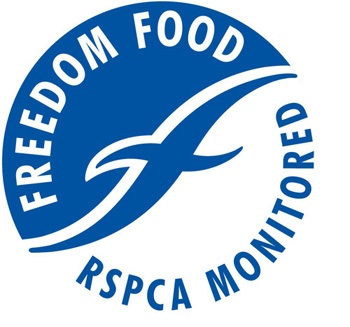 Freedom Food
Freedom Food
- Freedom Food is the RSPCA's farm assurance and food labelling scheme, created in 1994 in United Kingdom. Freedom Food label ensure of the respect of farms to strict RSPCA welfare standards, launched in 1996.
- www.freedomfood.co.uk
- Specifications:
- The welfare of a breed is assessed according to the RSPCA Broiler Welfare Assessment Protocol. The JA757 is the benchmark used in these trials.
- Can be used for Indoor, Free Range and Organic.
- Indoor with enriched environment: Objective of 2.2 Kg / 4.85 lbs with 1.95 FCR.
| Designation | RSCPA : Freedom Food Indoor |
| Breed | slow growing female |
| Stocking density | < 15 birds /m2 / < 0.70 sq ft per bird |
| Prod max | 30 kg / m2 or 66 lbs / ft2 |
| Max farm size | No limit |
| Max barn size | No limit |
| Max pen size | 30,000 indoor and 15,000 Free Range |
| Min age | No limit |
| Light | 20 lux min (2 ft candle) and natural light |
| Outdoor | No |
| Feed | Close to "Conventional" feed |
One star / Two star
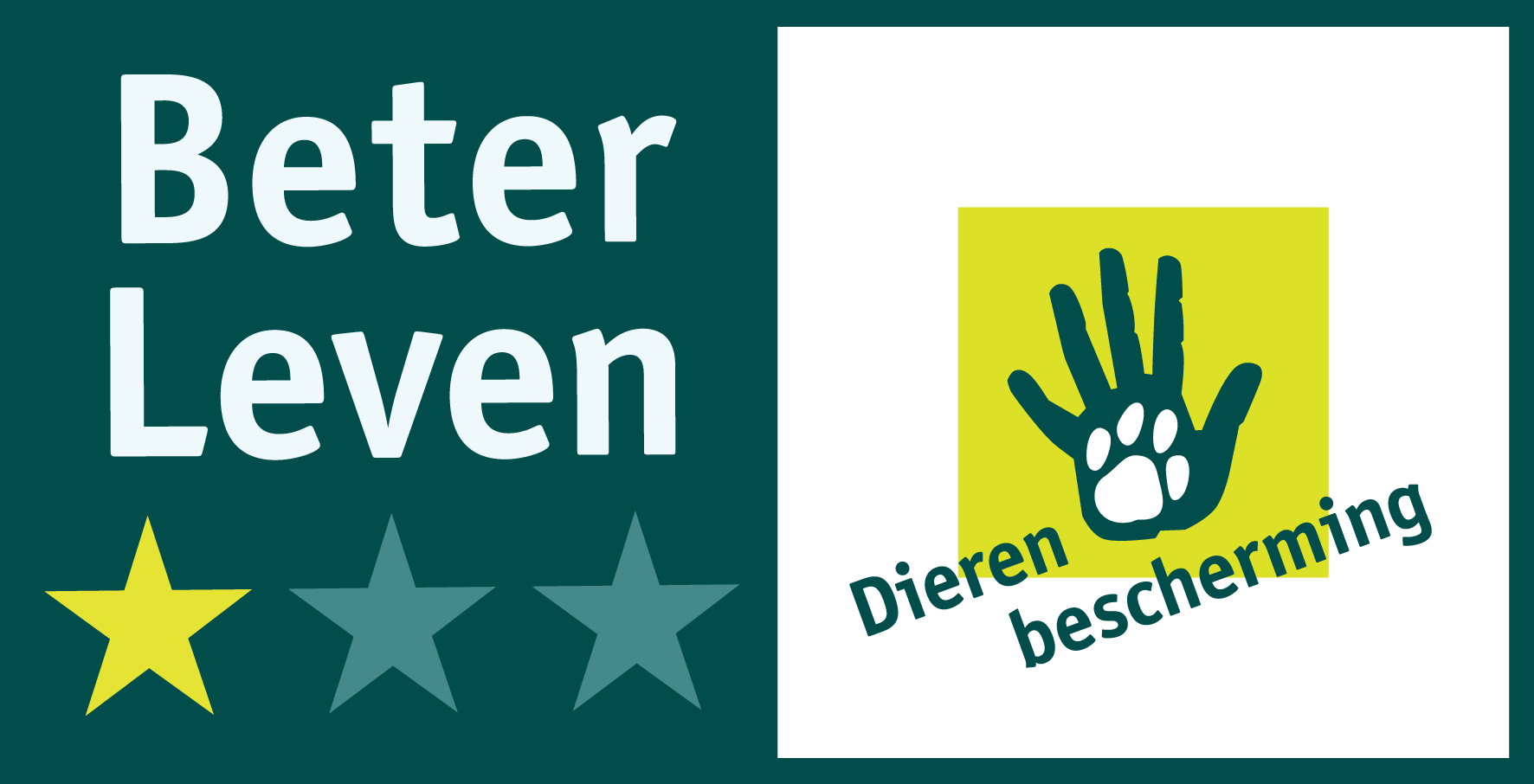
- This label was introduced by the Animal Welfare Association in the Netherlands. "Beter Leven" wants the best welfare for broilers and uses a 3-star system:
- Enriched environment (perches, straw balls...), 56-d as minimum age and lower density plus winter garden (1-star) or Free range (2-stars)
- 3-Stars = Organic
| Designation | 1-Star | 2-Star |
| Breed | slow growing | slow growing |
| Stocking density | < 12 birds /m2 / < 0.90 sq ft per bird | < 13 birds /m2 / < 0.80 sq ft per bird |
| Prod max | 25 kg / 55 lbs / ft2 |
25 kg / 55 lbs / ft2 |
| Max farm size | No limit | No limit |
| Max barn size | No limit | No limit |
| Max pen size | No limit | No limit |
| Min Age | 56 days | 56 days |
| Light | Natural light min 20 lux (2 ft candles) and 8 hours night min |
Natural light min 20 lux (2 ft candles) and 8 hours night min |
| Outdoor | Wintergarden-system | Outdoor min 8 hours |
| Feed |
Chicken of Tomorrow
- Agreement for all fresh broiler meat sold in the supermarkets = ±2.5 M broiler/week = about 25-30% of the total production volume in NL
- Use of slow growing breed from 2015 (max. 50g or 0.11lb/d) with at least the breederfemale or the breeder male
- Lower footpad lesions
- Use of RTRS soya
- Reduction of ammonia and dust emissions
- Use of green electricity and gas (from 2020)
- Use of European protein, in case more sustainable
| Designation | Chicken of tomorrow |
| Breed | slow growing |
| Stocking density | < 19 birds /m2 / < 0.57 sq ft per bird |
| Prod max | 38 kg / 87,77 lbs / ft2 |
| Max farm size | No limit |
| Max barn size | No limit |
| Max pen size | No limit |
| Max ADG | 50g or 0.11 lb/day |
| Light | 6 hours night min. |
| Outdoor | No |
| Feed | Max 17.0 animals day doses per year (antibiotics) + bales of straw + grain |
Certified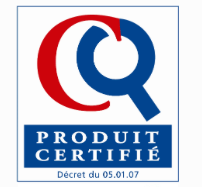
- CQC is a French certification (Critères Qualité Certifiés) (Certified Quality Criterias)
- The first « Certified » broiler was introduced by Duc in 1991
- Production in France: 75 000 T per year
| Designation | Certified |
| Breed | slow growing female
*conventional male
|
| Stocking density | < 18 birds /m2 / < 0.60 sq ft per bird |
| Prod max | 33, 39 or 42 kg / 73, 86 or 93 lbs |
| Max farm size | No limit |
| Max barn size | No limit |
| Max pen size | No limit |
| Min age | 56 days |
| Light | Eu rules |
| Outdoor | No |
| Feed | Vegetable (56% minimum of cereals) and minerals No growth promotor |
Premium brand
What are the advantages of a Premium brand?
- Flagship product
- A valued image
- Differentiate yourself from competitors
| Criteria | Quality | Image | Remarks |
| Breed | +++ | ++ | Traceability, Security, Specification |
| Age | +++ | + | Differenciation, Taste, Texture |
| Farm | ++ | ++ | Welfare, Environment |
| Feed | +++ | ++ | Traceability, Security, Specification |
| Slaughterhouse | +++ | + | Reliability, Quality process, Health |
| Traceability | + | +++ | Security, Identity, Control |
| Consumer information | +++ | Innovation, Brand, Identity |
Some firms around the world take this way: UK. Hungary, Italy, Germany, NL...
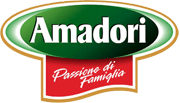
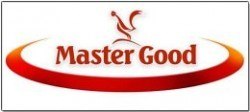
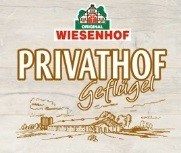
- Usually the Premium product is issued of the crossing of an alternative breed for the female with a fast growth male


